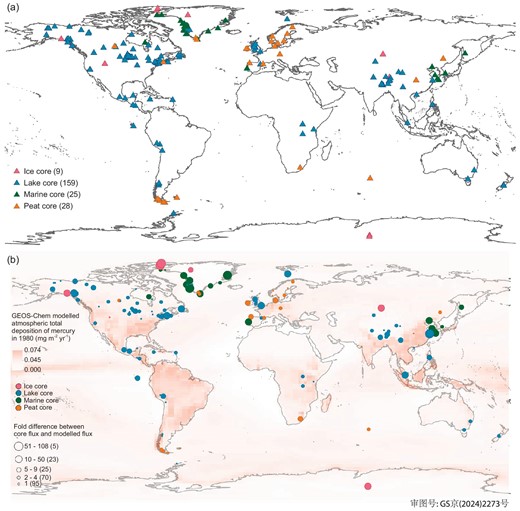2025-02-27 中国科学院 (CAS)
<関連情報>
- https://english.cas.cn/newsroom/research_news/phys/202502/t20250227_902676.shtml
- https://www.science.org/doi/10.1126/sciadv.adu6058
恒星系円盤との遭遇による自由浮遊惑星質量天体の形成 Formation of free-floating planetary mass objects via circumstellar disk encounters
Zhihao Fu, Hongping Deng, Douglas N. C. Lin, and Lucio Mayer
Science Advances Published:26 Feb 2025

Abstract
The origin of planetary mass objects (PMOs) wandering in young star clusters remains enigmatic, especially when they come in pairs. They could represent the lowest-mass object formed via molecular cloud collapse or high-mass planets ejected from their host stars. However, neither theory fully accounts for their abundance and multiplicity. Here, we show via hydrodynamic simulations that free-floating PMOs have a unique formation channel via the fragmentation of tidal bridges between encountering circumstellar disks. This process can be highly productive in dense clusters like Trapezium forming metal-poor PMOs with disks. Free-floating multiple PMOs also naturally emerge when neighboring PMOs are caught by their mutual gravity. PMOs may thus form a distinct population that is fundamentally different from stars and planets.



